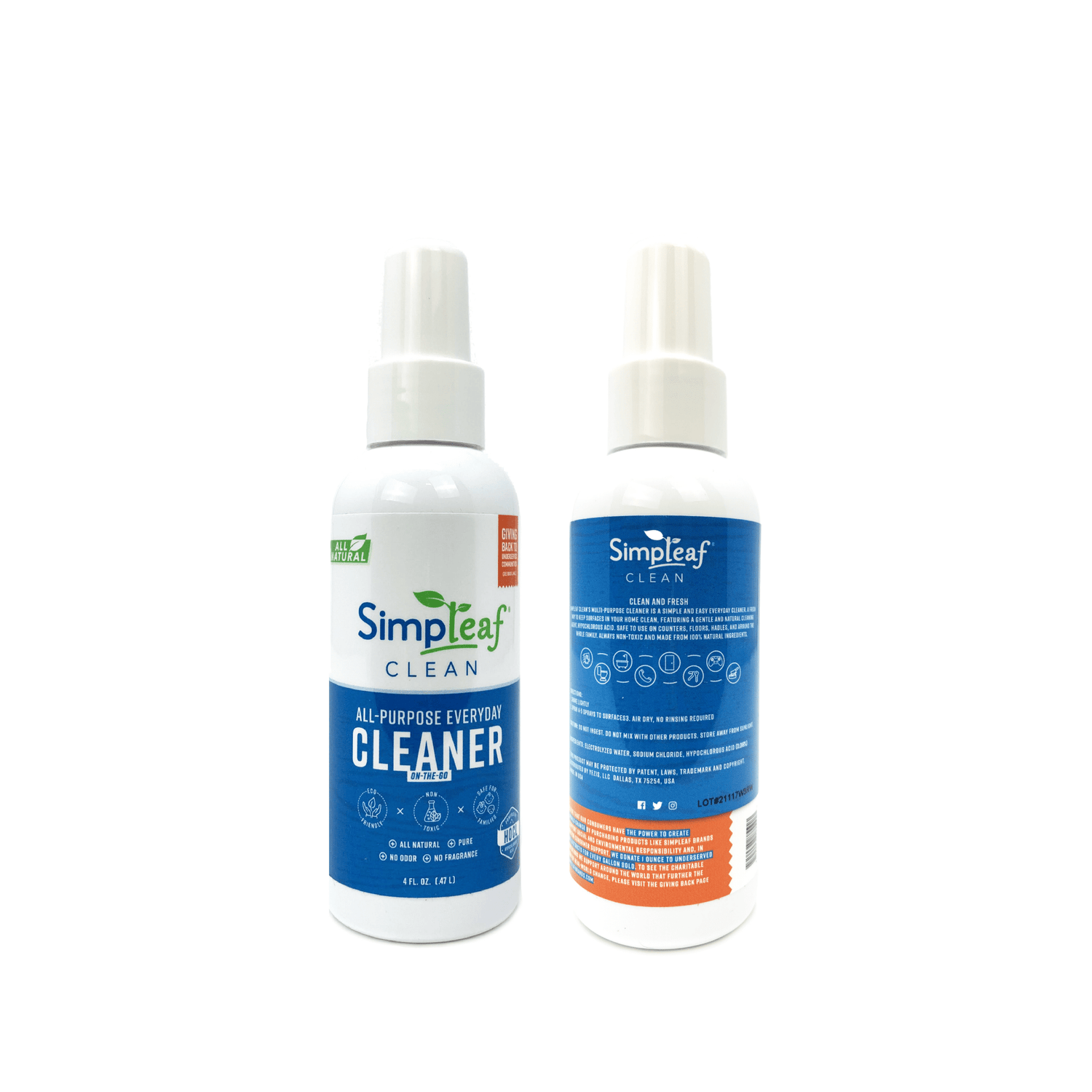
Personal Wipes Ingredients Matter for Skin Health
Share
Personal hygiene wipes have come a long way since Arthur Julius invented them for the makeup industry in 1957. Today people use wet wipes for personal, household, industrial, and medical purposes, each with unique ingredients.
Colonel Harland Sanders bought Julius' 1958 WetNap patent in 1964. His Kentucky Fried Chicken restaurants gave these soapy paper wipes to customers for decades. However, technology to mass-produce non-woven wipes similar to those used today did not exist until the 1970s. That expansion in technology and manufacturing allowed the industry to grow.
In 2019, estimates indicated global sales of around $14 billion. Wet wipes have a loyal following. Consumers use wipes to remove and prevent the spread of germs and bacteria. Moreover, clinical research demonstrated that disposable baby wipes improve skin health; they improve pH balance, reduce irritation, and create a better skin barrier than standard cleaning methods.
Ingredients Matter for Skin Health
A National Library of Medicine study of 54 different personal hygiene wet wipes revealed many potential allergens. The researchers explain that fragrances and preservatives are the most common skin irritant and allergen ingredients.
They further explained the labels did not correctly list all allergens; this can be misleading for the consumer. For example, "fragrance" or "parfum" could be used to hide hundreds of harmful chemicals, such as phthalates. These chemicals are banned from children's toys but are commonly found in skincare products.
In addition, one of the most commonly used preservatives, Phenoxyethanol, is an ingredient that may cause cancer. More than 55% of wipes tested contained this preservative.
 In contrast, Simpleaf's personal Vitamin E-enhanced adult and baby wipes are gentle enough for an infant's sensitive skin. In addition, they make these wipes using natural plant-based or food-grade ingredients.
In contrast, Simpleaf's personal Vitamin E-enhanced adult and baby wipes are gentle enough for an infant's sensitive skin. In addition, they make these wipes using natural plant-based or food-grade ingredients.
For example, Simpleaf's wet wipes contain plant, fruit, leaf extracts, or oils as skin conditioners. In addition, they use naturally derived Caprylic/capric triglyceride in their adult wipes: This ingredient is excellent for any skin type, does not clog pores, and works as an antioxidant.
Other skin conditioning ingredients include Allantoin to prevent diaper rash; Bambusa Vulgaris Extract (Bamboo) offers instant and long-lasting skin hydration; Glycerine protects and softens skin, increases skin hydration, relieves dryness, and refreshes the skin's surface; and Rose extract reduces redness, soothes irritation, and helps to moisture skin.
Additional ingredients Simpleaf uses to protect skin are Aloe barbadensis leaf extract for its skin-calming, healing, and hydrating properties; Lavandula Angustifolia (English lavender) soothes and balances skin moisture level; Peppermint oil helps to freshen and calm skin.
Preservatives and Cleaning Agents Ingredients
Simpleaf uses six different preservatives in its adult and baby wipes. These ingredients prevent microbial contamination and are considered safe when used in wet wipes:- Benzoic acid is a plant-derived antimicrobial preservative and pH adjuster.
- Dehydroacetic acid is a natural food-grade fungicide and antibacterial agent.
- Disodium EDTA inactivates trace amounts of heavy metals when used as a preservative.
- Ethylhexylglycerin is a weak preservative and skin-conditioning agent. Manufacturers use this compound as an alternative to parabens.
- Potassium Sorbate is a natural food-grade preservative.
- Silver Dihydrogen Citrate is highly toxic to bacteria, fungi, and viruses but not humans.
Simpleaf Baby wipes contain extremely mild surfactant (detergent or cleanser) to lower surface tension. Simpleaf uses PEG-40 hydrogenated castor oil to allow for more effective removal of feces. The PEG-40 is paired with PEG-7 Glyceryl Cocoate, an emulsifying cleanser that helps reduce friction-based skin irritation. [Simpleaf Ingredients Table]
Wet Wipes Safety
Remember to use wet wipes only for their intended use and follow all the labels' directions. In addition, the USFDA recommends the following safety tips:- Do not use wipes on broken or irritated skin.
- Let skin dry entirely after using wipes.
- Throw away used wipes to avoid cross-contamination. Only flush wipes if their packaging indicates they are flushable.
- Keep wet wipes packages tightly closed to prevent them from drying out.
- Store wipes appropriately at room temperature, 72 degrees F (20 C). Extreme temperature changes — hot or cold — may dry wipes out. In addition, these extremes can cause changes in the ingredients. For example, preservatives that protect against bacteria and mold may break down and not keep the wipes bacteria and mold-free.
- Do not use contaminated wipes.
- People with sensitive skin or allergies should check the ingredients list on the label before using wet wipes. Also, remember that not all people react to the same things: The USFDA reports that "some parents have suffered reactions to baby wipes that didn't bother their babies."

